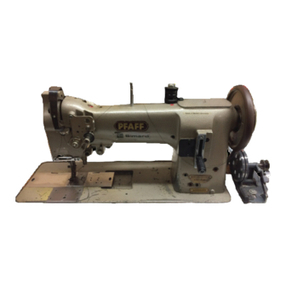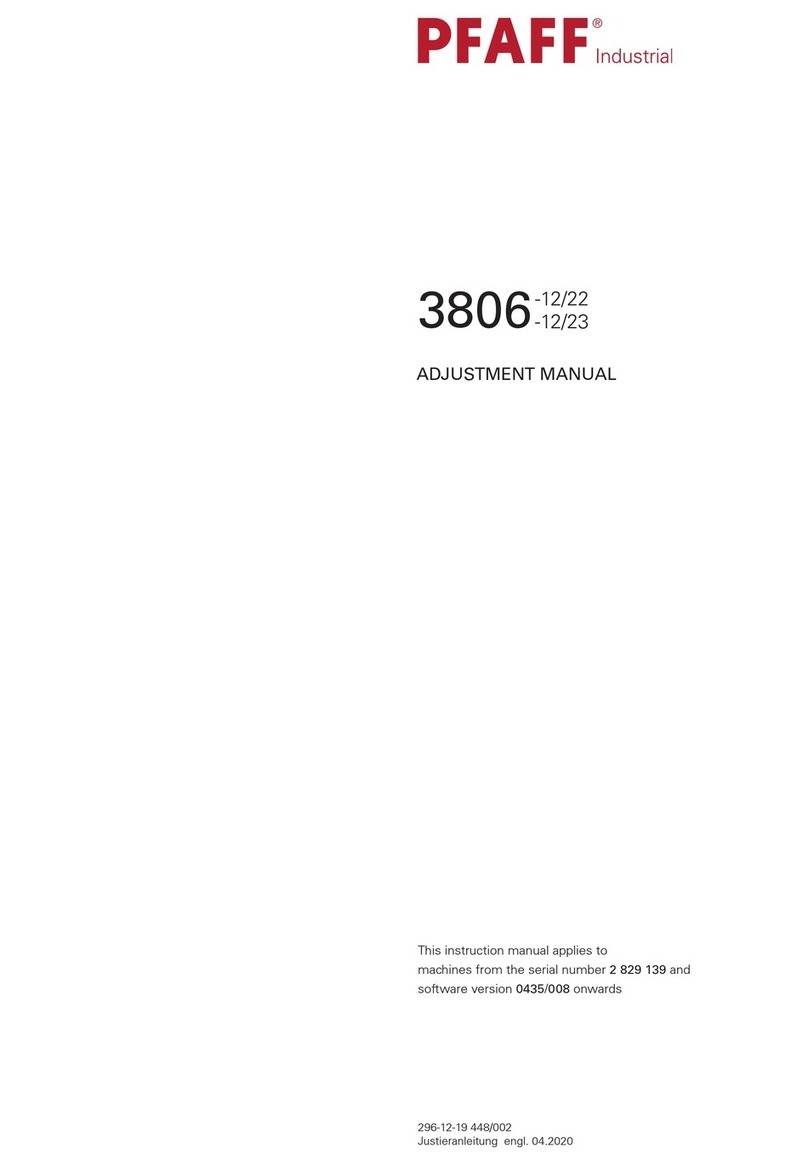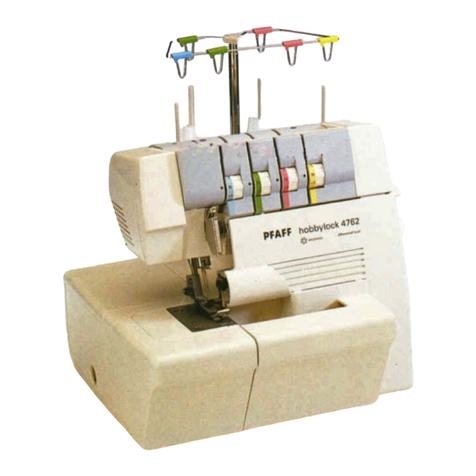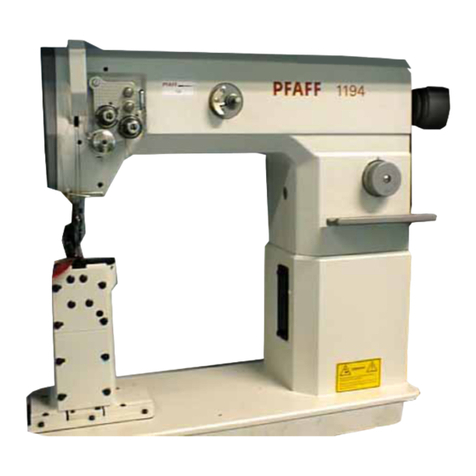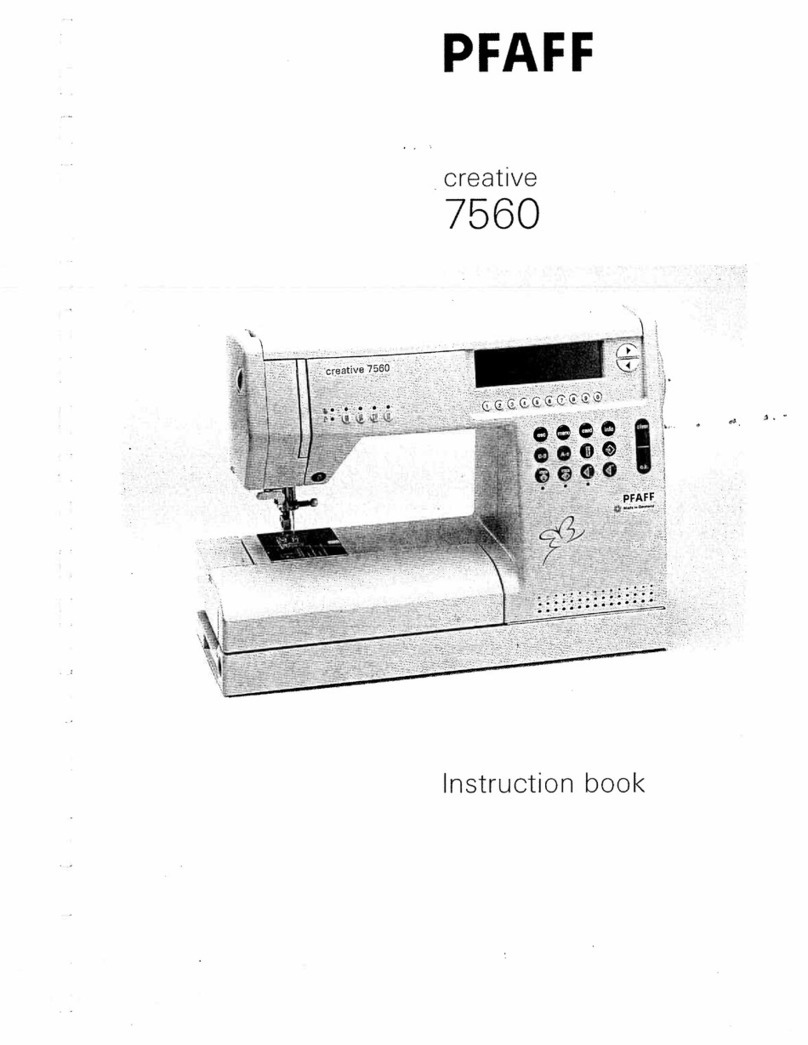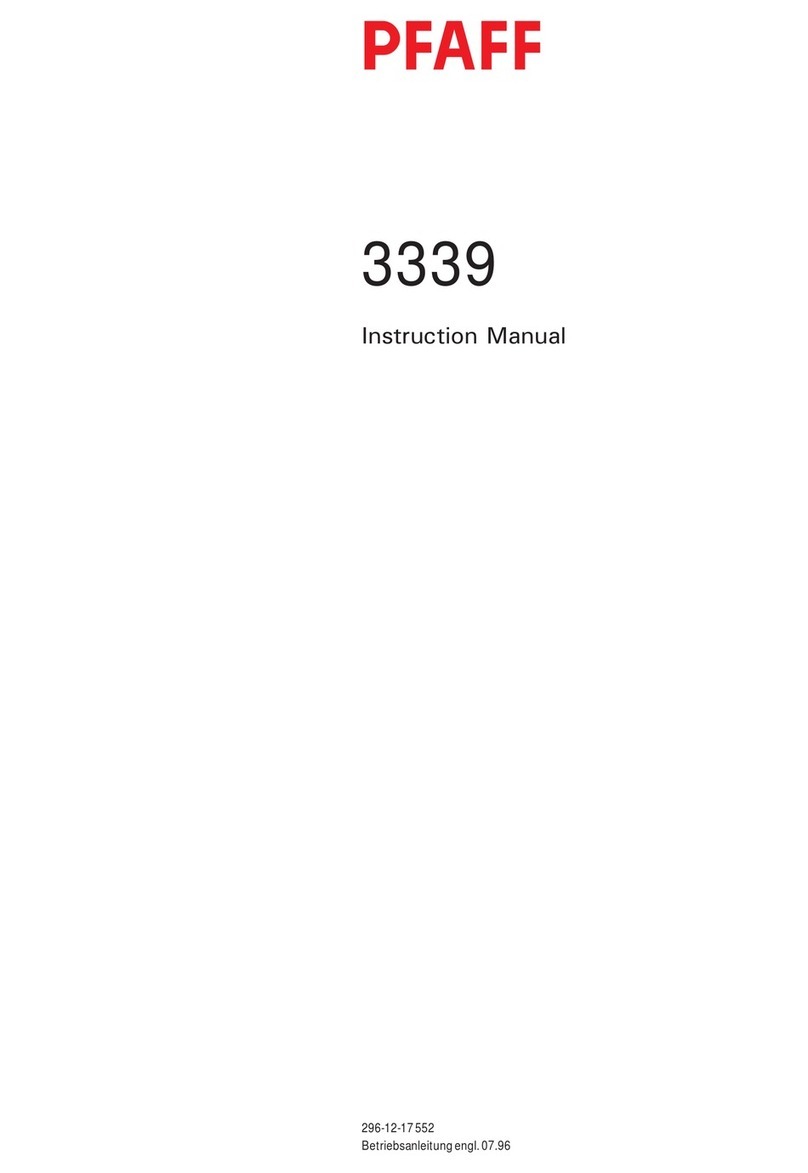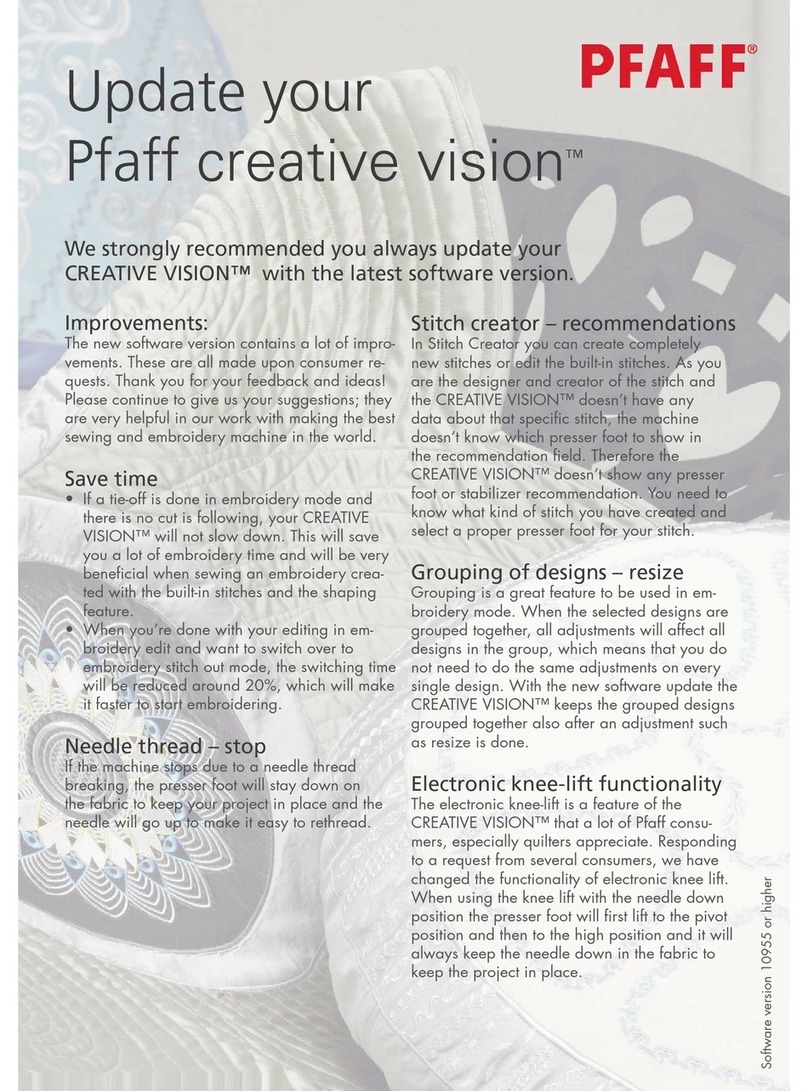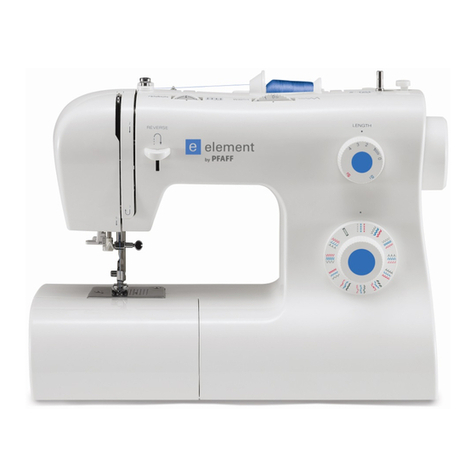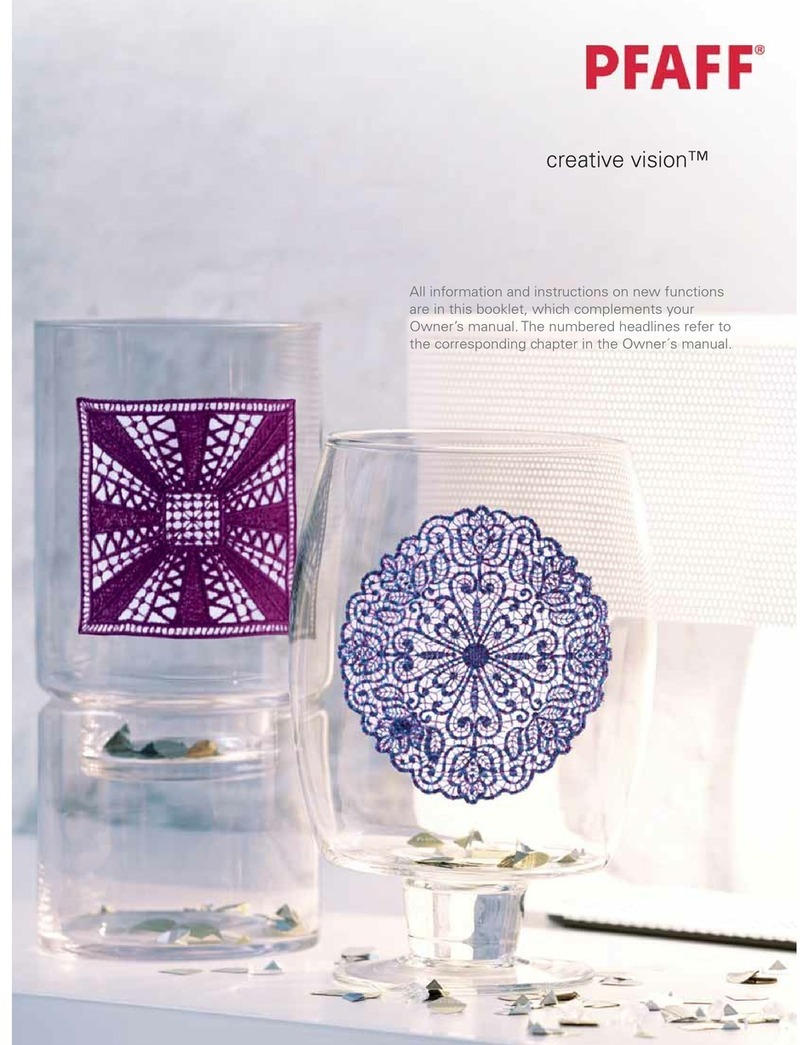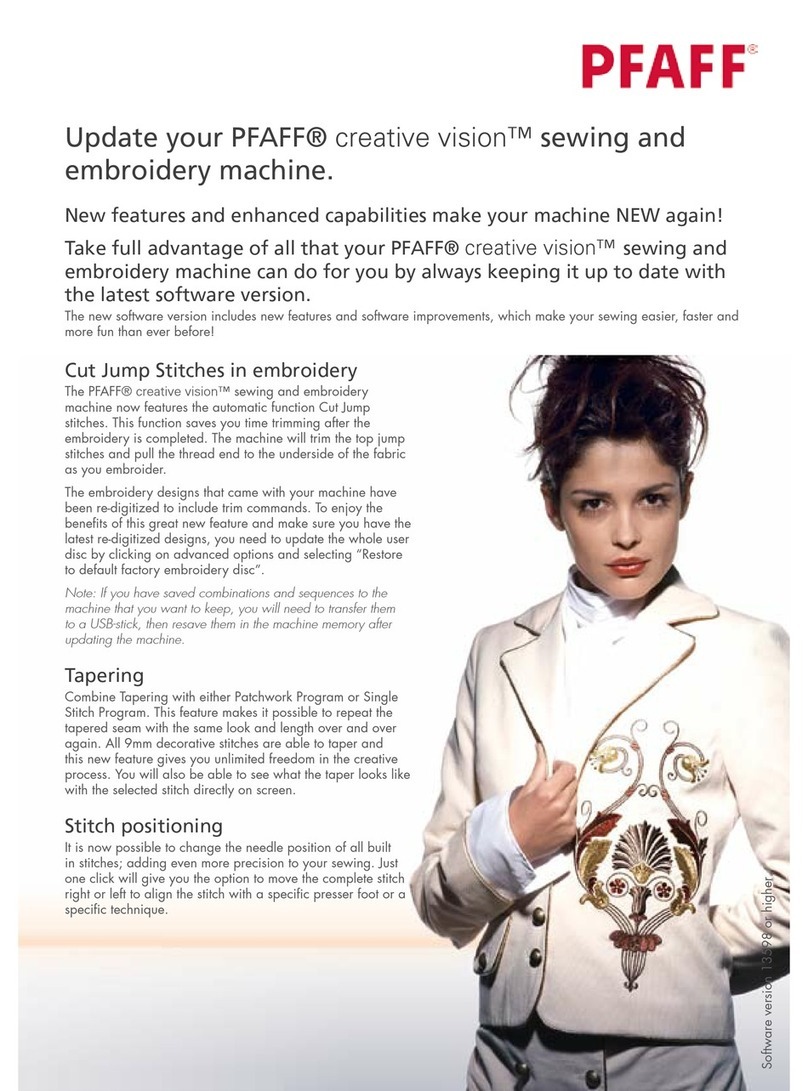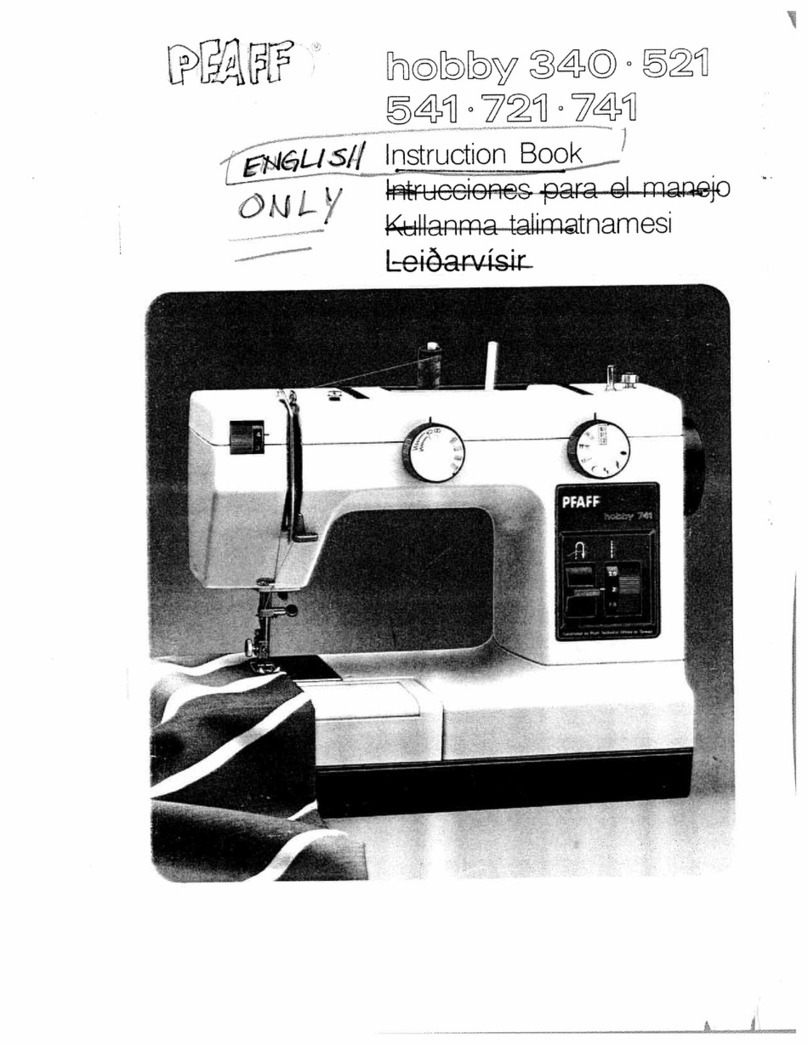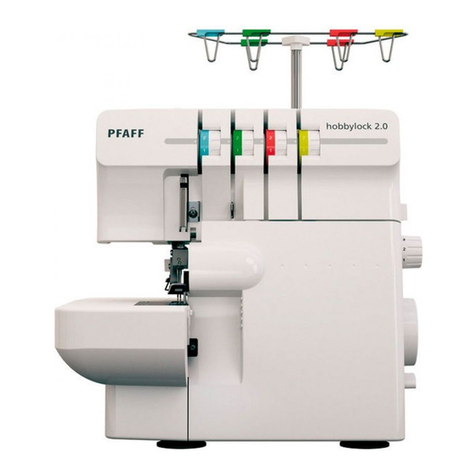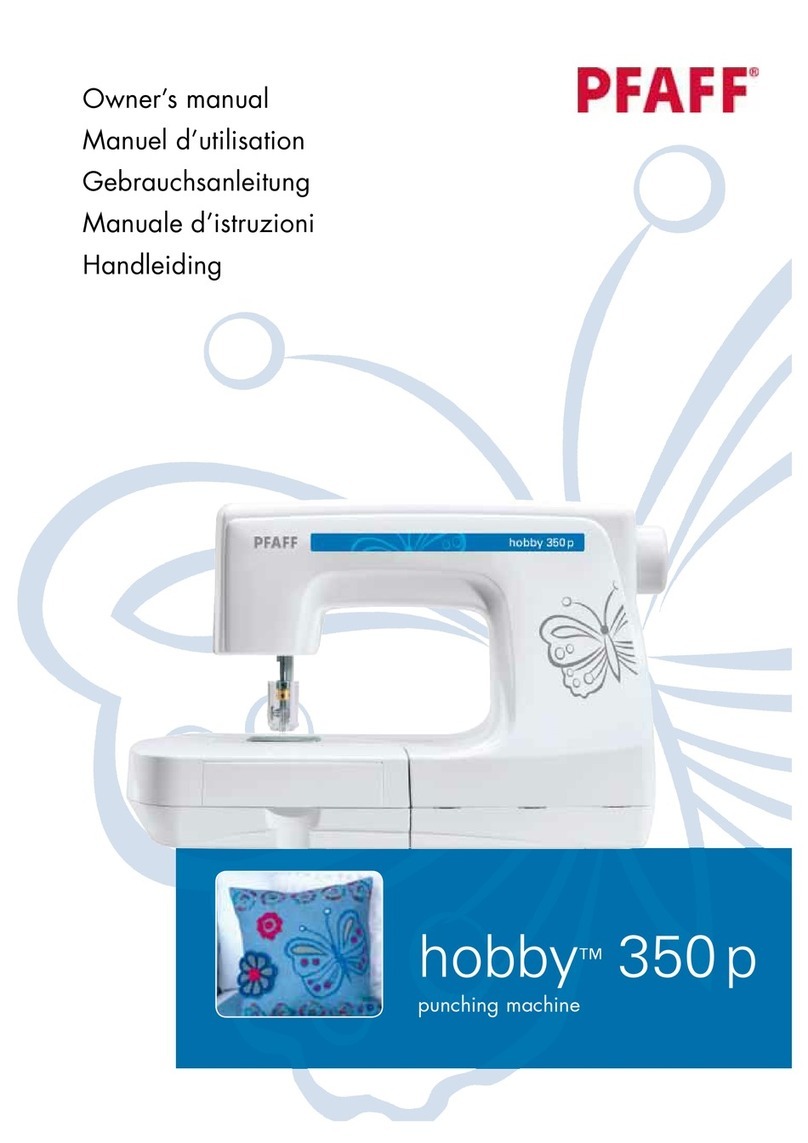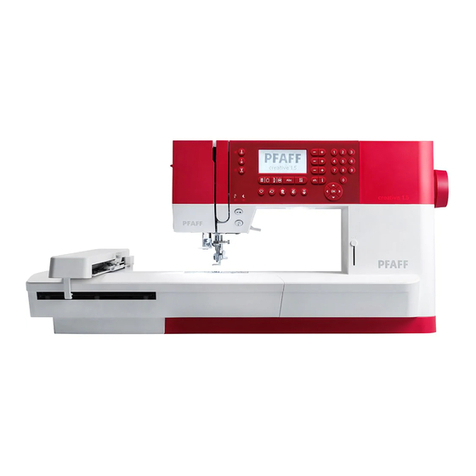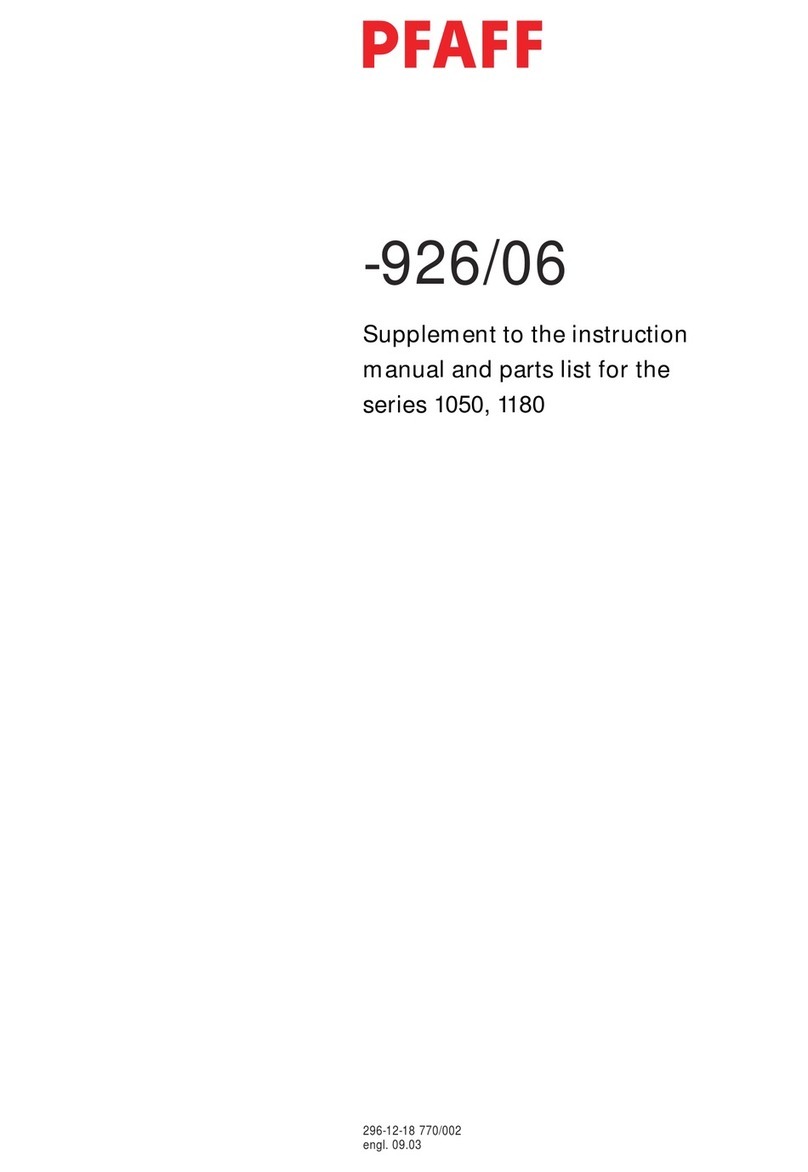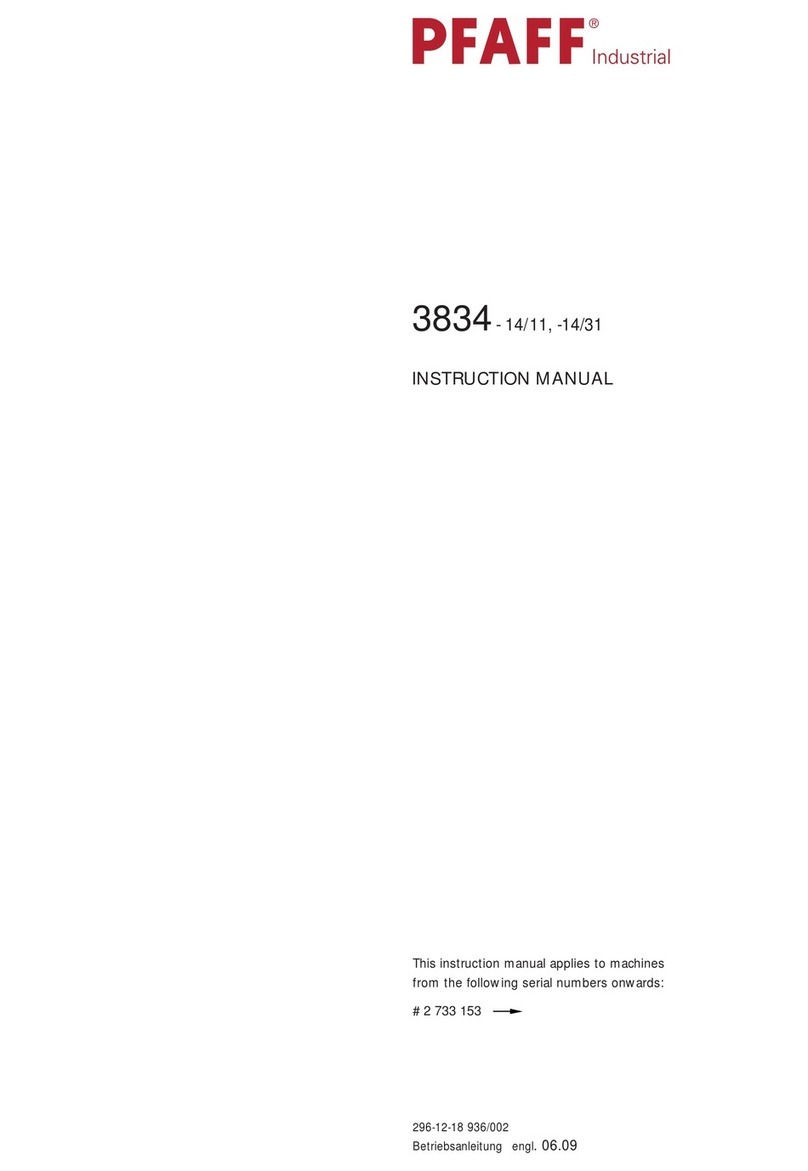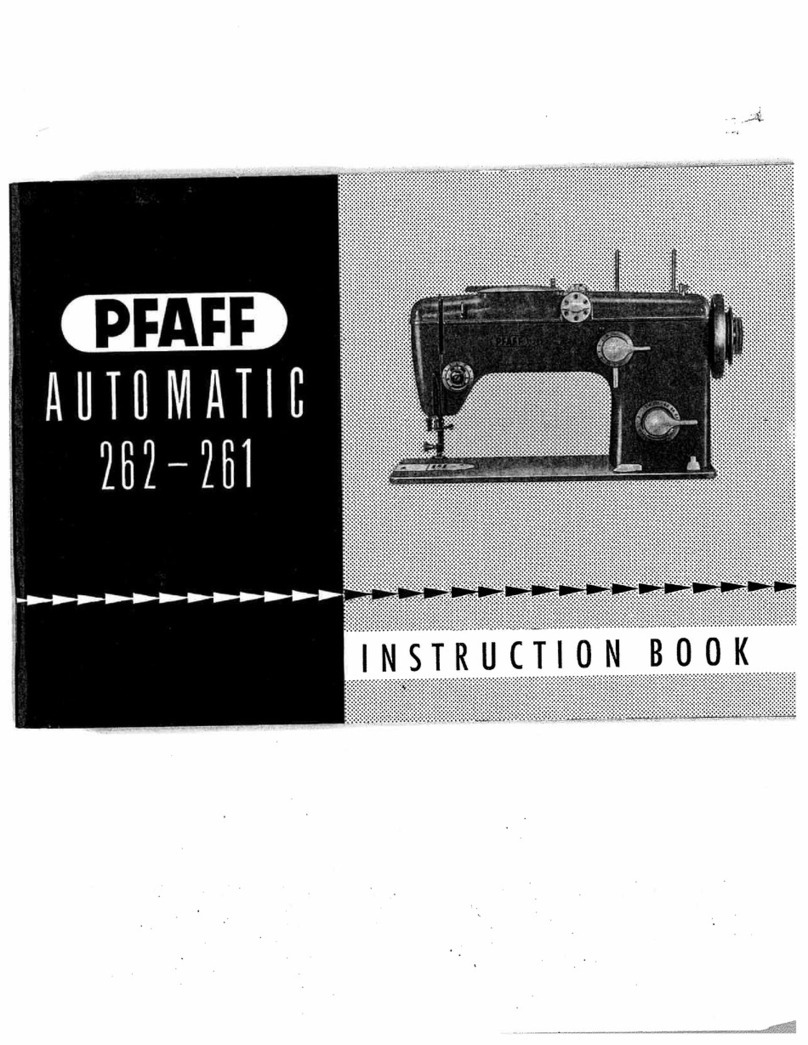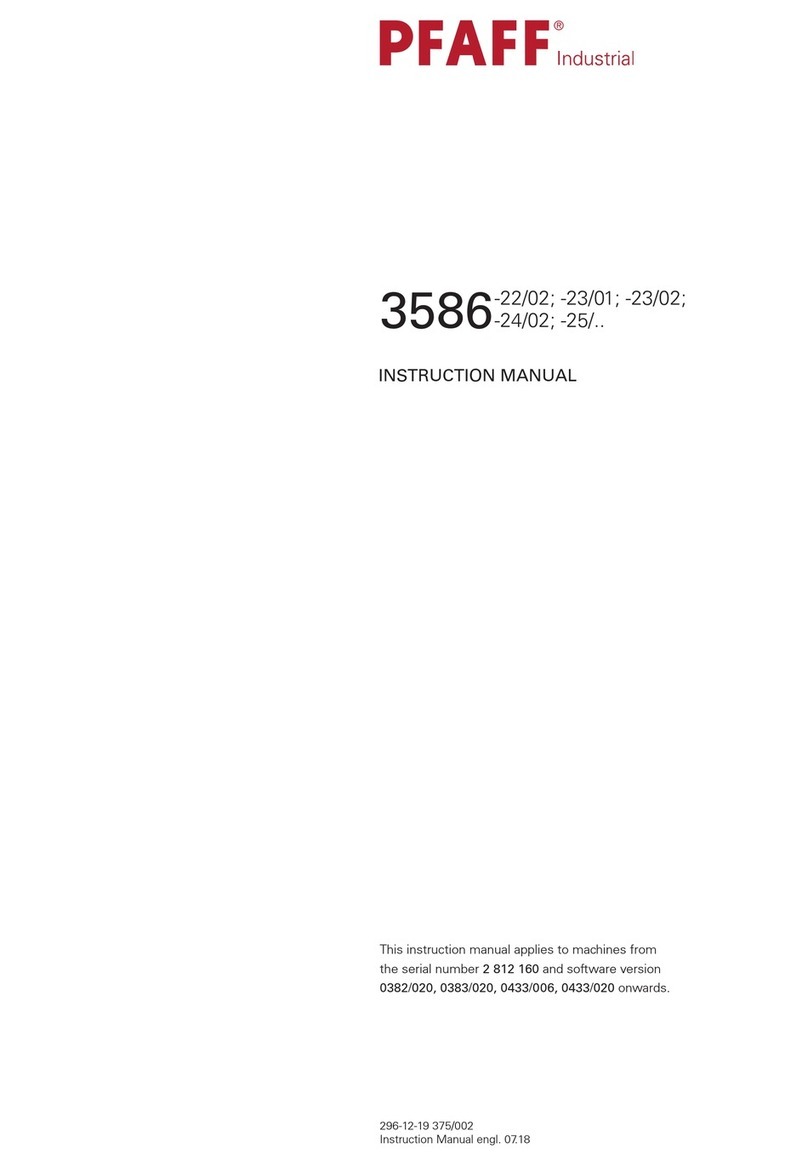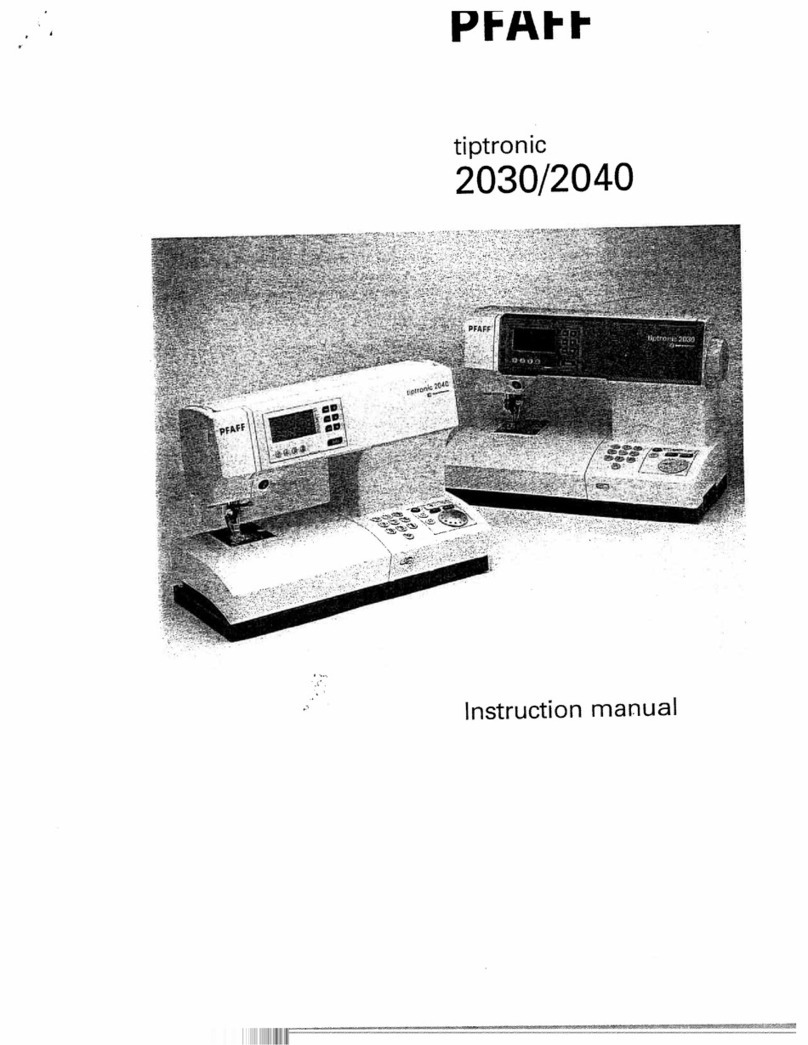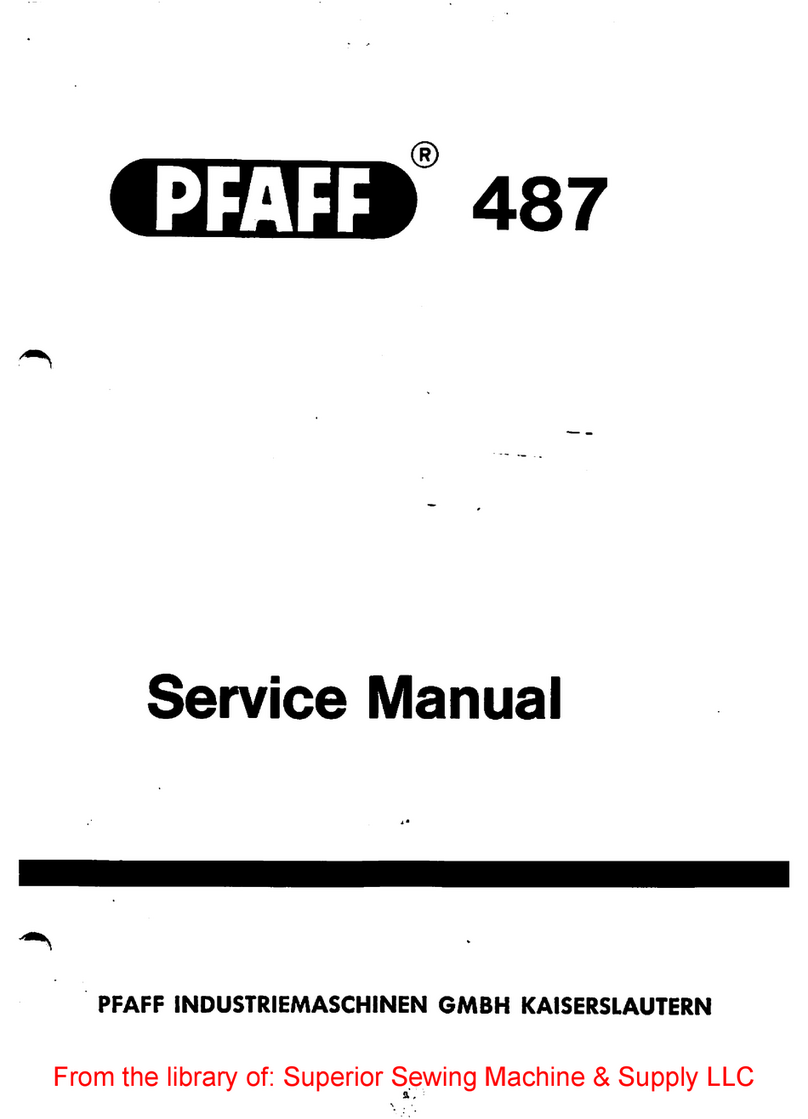5
INTRODUCTION.................................6
Machine Overview............................................6
)URQW6LGH......................................................6
Top Parts.......................................................7
5HDU6LGH .......................................................7
Accessories..........................................................7
Included Accessories not in Picture..........7
Presser Feet...................................................8
6WLWFK2YHUYLHZ²VV......................9
6WLWFK2YHUYLHZ²VV....................10
PREPARATIONS...............................11
Unpacking ..................................................11
&RQQHFWWRWKH3RZHU6XSSO\ ..................11
3DFNDZD\DIWHU6HZLQJ............................12
Free Arm.....................................................12
Leveling the Machine Base Plate.............12
Thread Cutter.............................................12
6SRRO3LQV ...................................................13
Threading the Machine.............................14
Needle Threader........................................15
Threading for Twin Needle......................16
Bobbin Winding.........................................17
Inserting the Bobbin..................................17
Presser Foot Pressure................................18
Thread Tension..........................................18
Needles........................................................19
Changing the Needle................................19
Lowering Feed Dogs.................................20
Presser Foot Lift.........................................20
Changing the Presser Foot.......................20
6WLWFK6HOHFWLRQ ...........................................21
6WLWFK/HQJWK...............................................21
6WLWFK:LGWK................................................22
Adjustable Needle Position......................22
5HYHUVH6HZLQJ..........................................22
SEWING..............................................23
6WDUWWR6HZ²6WUDLJKW6WLWFK....................23
&KDQJH6HZLQJ'LUHFWLRQ.........................23
)LQLVK6HZLQJ .............................................23
5HLQIRUFHG6WUDLJKW6WLWFK.........................24
7KUHH6WHS=LJ]DJ6WLWFK...........................24
2YHUORFN6WLWFK...........................................25
&ORVHG2YHUORFN6WLWFK..............................25
Blindhem.....................................................26
6HZLQJRQ3DWFKHVRU$SSOLTXpV.............27
Darning with the
7KUHH6WHS=LJ]DJ6WLWFK..........................27
Repairing Tears..........................................27
6HZLQJRQ%XWWRQV.....................................28
6WDQGDUG%XWWRQKROHPRGHOVV....29
6WDQGDUG%XWWRQKROHPRGHOVV....30
&RUGHG%XWWRQKROH6WUHWFK)DEULFV ......31
6HZLQJ=LSSHUV ..........................................32
MAINTENANCE................................33
Cleaning the Machine...............................33
Cleaning the Bobbin Area........................33
Cleaning Under the Bobbin Area............33
5HSODFLQJWKH6WLWFK3ODWH .........................33
TROUBLESHOOTING.....................34
TABLE OF CONTENTS
